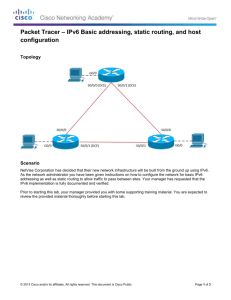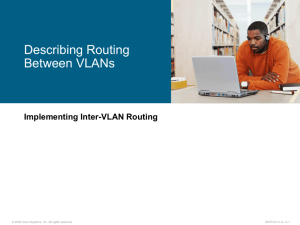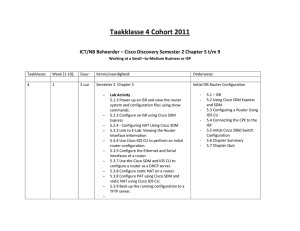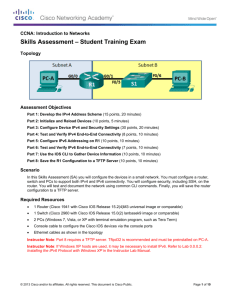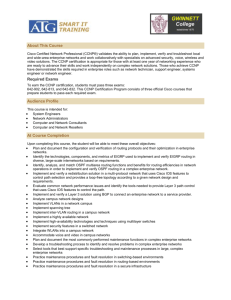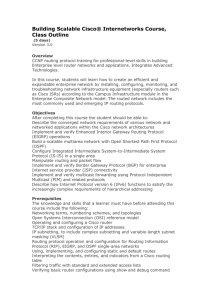Interconnecting Cisco Networking Devices Part 1 (ICND1) v2.0
advertisement
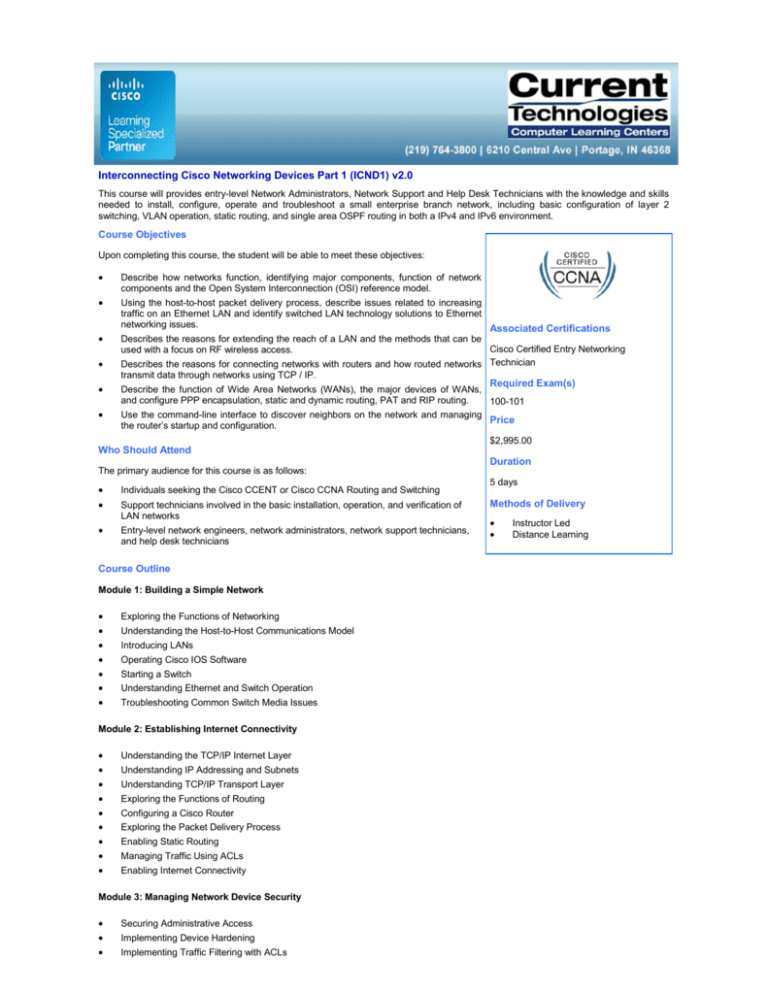
Interconnecting Cisco Networking Devices Part 1 (ICND1) v2.0 This course will provides entry-level Network Administrators, Network Support and Help Desk Technicians with the knowledge and skills needed to install, configure, operate and troubleshoot a small enterprise branch network, including basic configuration of layer 2 switching, VLAN operation, static routing, and single area OSPF routing in both a IPv4 and IPv6 environment. Course Objectives Upon completing this course, the student will be able to meet these objectives: Describe how networks function, identifying major components, function of network components and the Open System Interconnection (OSI) reference model. Using the host-to-host packet delivery process, describe issues related to increasing traffic on an Ethernet LAN and identify switched LAN technology solutions to Ethernet networking issues. Associated Certifications Describes the reasons for extending the reach of a LAN and the methods that can be Cisco Certified Entry Networking used with a focus on RF wireless access. Describes the reasons for connecting networks with routers and how routed networks Technician transmit data through networks using TCP / IP. Required Exam(s) Describe the function of Wide Area Networks (WANs), the major devices of WANs, and configure PPP encapsulation, static and dynamic routing, PAT and RIP routing. 100-101 Use the command-line interface to discover neighbors on the network and managing Price the router’s startup and configuration. Who Should Attend The primary audience for this course is as follows: Individuals seeking the Cisco CCENT or Cisco CCNA Routing and Switching Entry-level network engineers, network administrators, network support technicians, and help desk technicians Support technicians involved in the basic installation, operation, and verification of LAN networks Course Outline Module 1: Building a Simple Network Exploring the Functions of Networking Understanding the Host-to-Host Communications Model Introducing LANs Operating Cisco IOS Software Starting a Switch Understanding Ethernet and Switch Operation Troubleshooting Common Switch Media Issues Module 2: Establishing Internet Connectivity Understanding the TCP/IP Internet Layer Understanding IP Addressing and Subnets Understanding TCP/IP Transport Layer Exploring the Functions of Routing Configuring a Cisco Router Exploring the Packet Delivery Process Enabling Static Routing Managing Traffic Using ACLs Enabling Internet Connectivity Module 3: Managing Network Device Security Securing Administrative Access Implementing Device Hardening Implementing Traffic Filtering with ACLs $2,995.00 Duration 5 days Methods of Delivery Instructor Led Distance Learning Module 4: Building a Medium-Sized Network Implementing VLANs and Trunks Routing Between VLANs Using a Cisco Network Device as a DHCP Server Introducing WAN Technologies Introducing Dynamic Routing Protocols Implementing OSPF Module 5. Introducing IPv6 Introducing Basic IPv6 Understanding IPv6 Configuring IPv6 Routing Hands-on Labs Lab 1-1: Switch Startup and Initial Configuration Lab 1-2: Troubleshoot Switch Media Issues Lab 2-1: Router Setup and Initial Configuration Lab 2-2: Configure a Static Route, DHCP, and Network Address Translation Lab 3-1: Enhance the Security of Router and Switch Configuration Lab 3-2: Device Hardening Lab 3-3: Filter Traffic with ACLs Lab 3-4: Enhanced - Troubleshoot ACLs Lab 4-1: Configure an Expanded Switched Network Lab 4-2: Configure DHCP Server Lab 4-3: Implement Single-Area OSPF Lab 5-1: Configure Basic IPv6 Lab 5-2: Implement IPv6 Stateless Auto-Configuration Lab 5-3: Implement IPv6 Routing
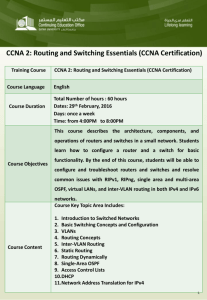



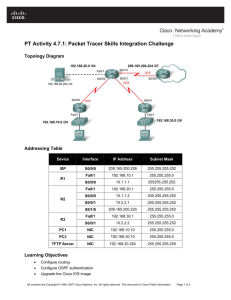



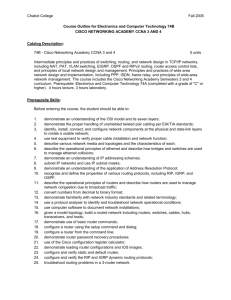
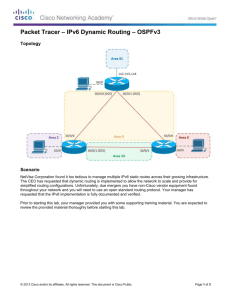
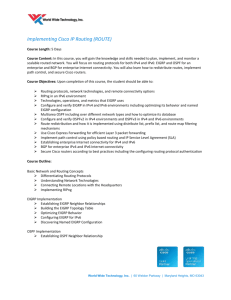
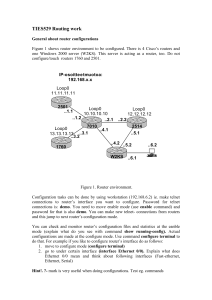
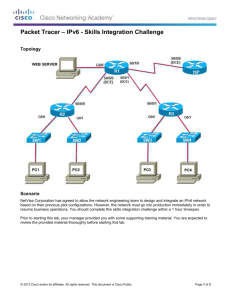
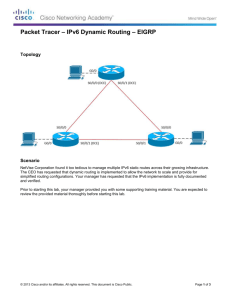
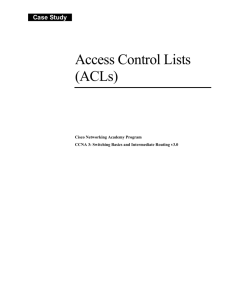
![summer training program syllabus [speak] [*]](http://s2.studylib.net/store/data/009840095_1-d5a80f0661e265968a08847245160f74-300x300.png)
